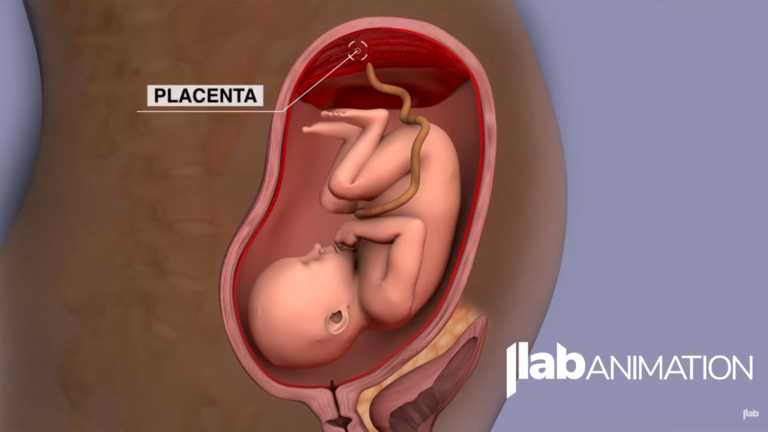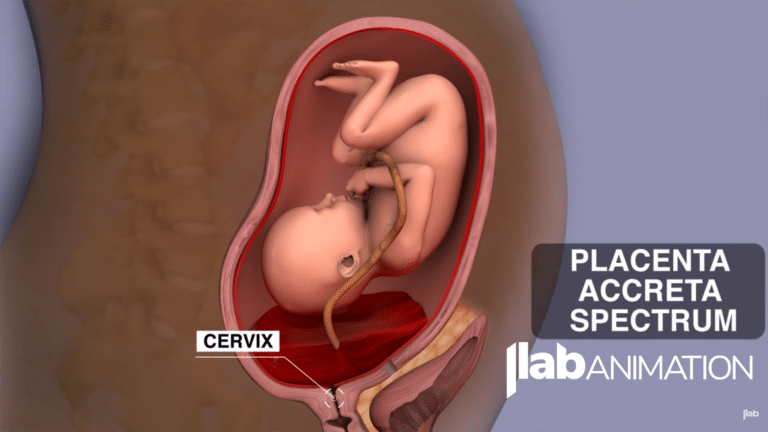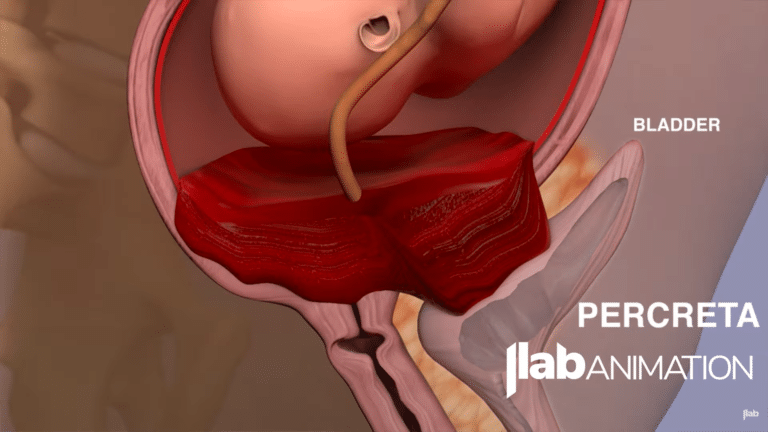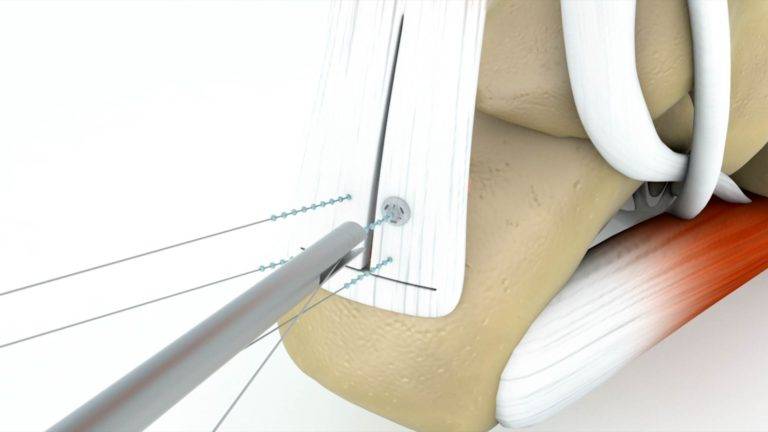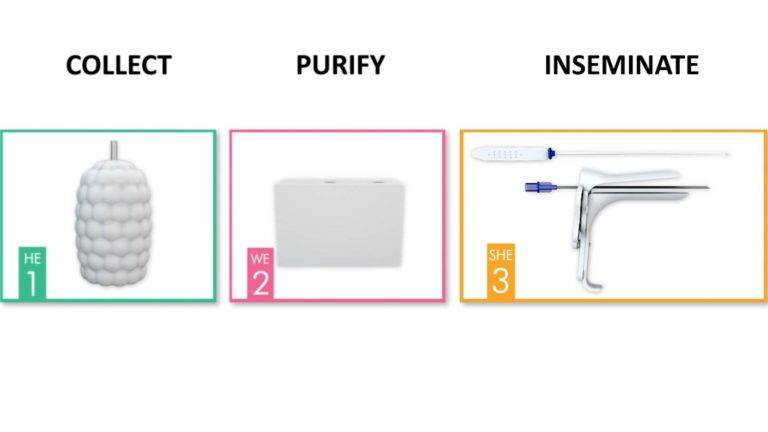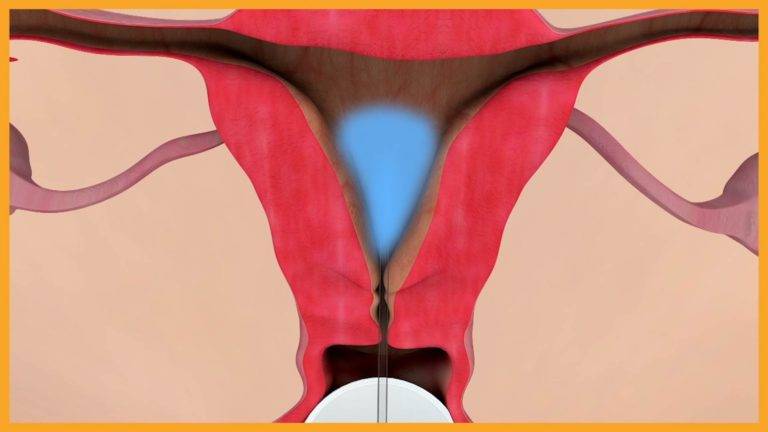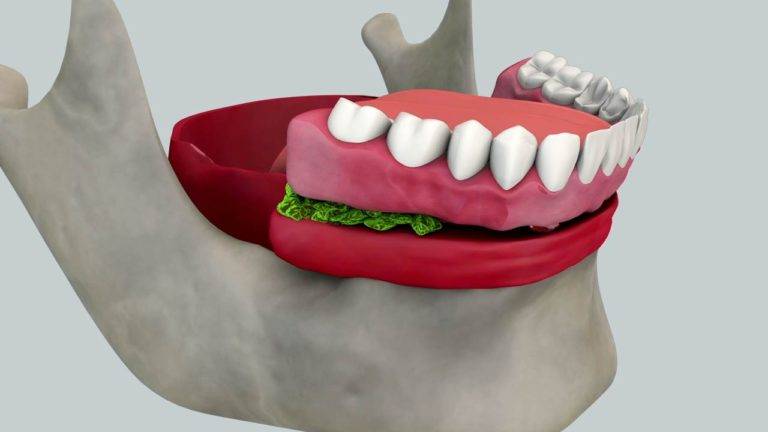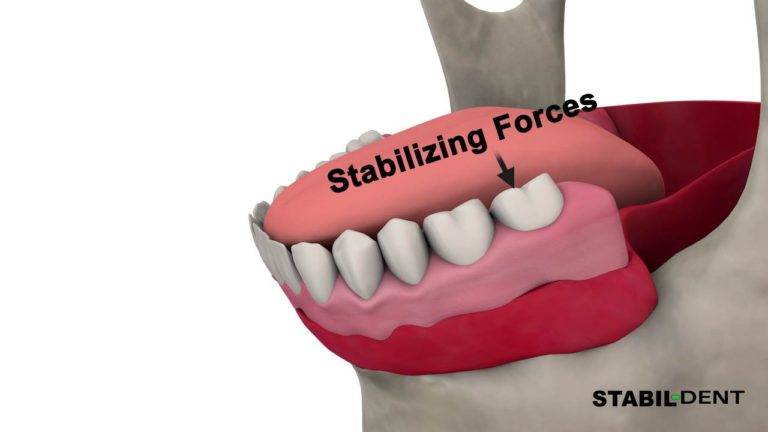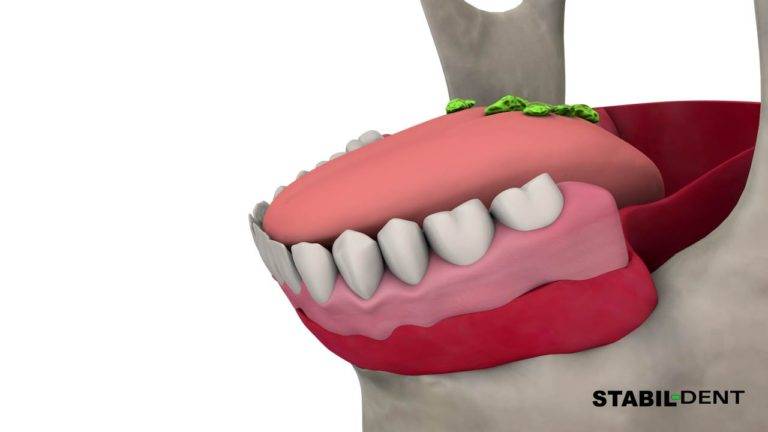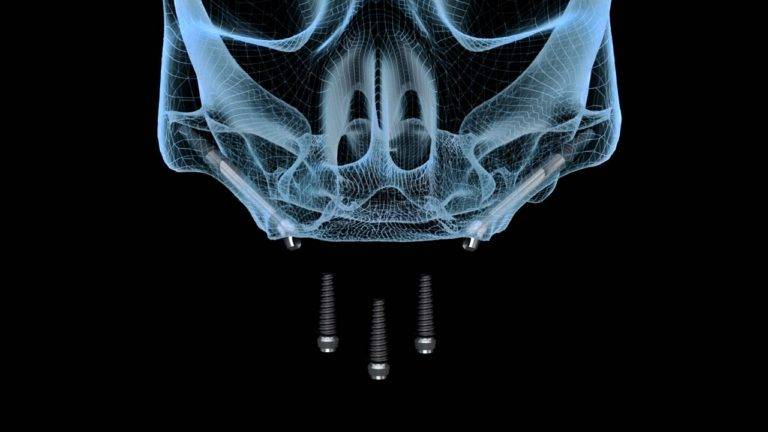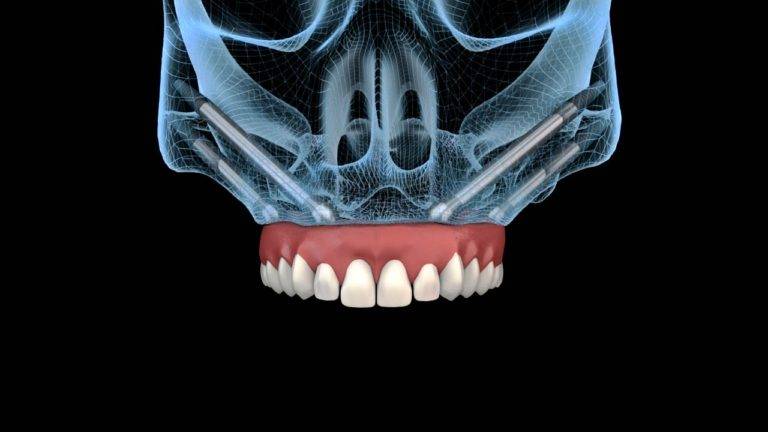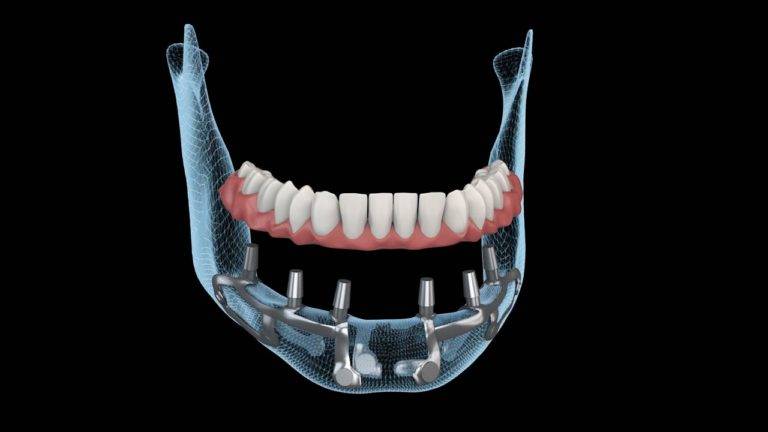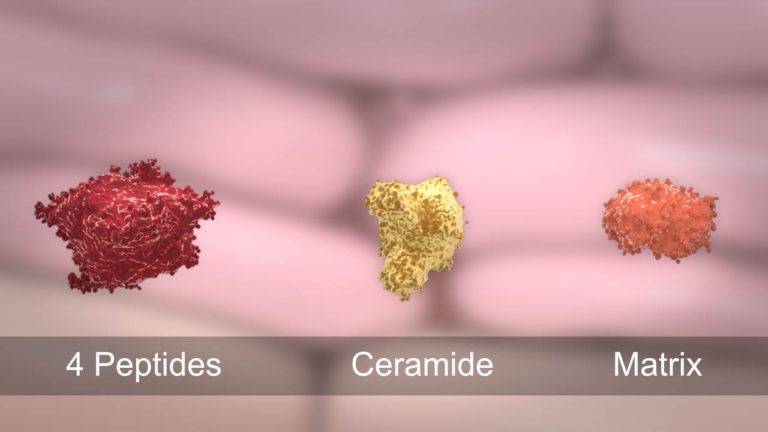Educational Animations
Education has been undergoing a major transformation in recent years, and one of the most significant developments has been the increasing use of technology to enhance teaching and learning. One of the most innovative and effective forms of technology being used in education today is educational animations.
Animations have been a part of our lives for many years and have proven to be an effective tool for engaging and entertaining audiences of all ages.
They have become increasingly popular in recent years due to the advancement of technology, which has made it easier to produce high-quality animations that are both informative and visually appealing.
This has made them an ideal tool for use in the education sector, where they are increasingly being used to convey complex concepts and information in a fun, interactive and memorable way.
Education today faces many challenges, and one of the biggest is how to keep students engaged and motivated in their studies.
The use of educational animations offers a new and innovative solution to this problem.
By making learning fun, interactive, and visually engaging, educational animations have the potential to increase student engagement, motivation, and understanding of complex concepts and ideas.
We will explore the benefits and uses of educational animations in the modern classroom and examine how they can be used to enhance the learning experience of students.
By doing so, we aim to demonstrate the value of educational animations as a powerful tool in modern learning.

Benefits of Using Educational Animations
- Engagement: Educational animations can be highly engaging, making them an effective tool for capturing and maintaining the attention of students. By combining visual, auditory and kinesthetic elements, animations can help to hold the attention of students and keep them interested in the content being presented.
- Retention: When learning is made fun and interactive, students are more likely to remember what they have learned. Research has shown that people are more likely to recall information when it is presented in a visual format such as an animation.
- Clarity: Animations can be used to explain complex concepts in a clear and simple way. This makes them especially useful in subjects such as science, technology, engineering and mathematics (STEM), where complex ideas and concepts can be difficult to understand.
- Flexibility: Educational animations can be used in a variety of settings, including the classroom, at home, and on the go. They can also be easily adapted to suit the learning needs of different students, making them an ideal tool for individual and group learning.
- Accessibility: By using animations, information can be made accessible to students with different learning styles and abilities. For example, visual and auditory learners can benefit from the use of animations, as can students with dyslexia or other learning difficulties.
- Cost-effectiveness: Compared to other forms of technology, educational animations are relatively inexpensive to produce. This means that they can be made available to a wide range of students, regardless of their background or circumstances.

Uses of Educational Animations in the Classroom
-
- Teaching Complex Concepts: As mentioned earlier, animations are particularly useful in explaining complex concepts and ideas. They can be used to illustrate abstract theories, provide interactive simulations and models, and make complex subjects more accessible to students.
- Reinforcing Key Concepts: Animations can be used to reinforce key concepts and ideas that students have learned. By presenting the information in a different format, students are more likely to remember the information and retain it for longer.
- Bringing History to Life: Animations can be used to bring history to life, making it more engaging and relevant to students. By showing historical events in a visual and interactive format, students can gain a deeper understanding of the past.
- Enhancing Language Learning: Animations can be used to support language learning, especially for young children. By providing visual cues and interactive exercises, students can learn new words and phrases in a fun and engaging way.
- Supporting STEM Education: As mentioned earlier, STEM subjects can be difficult for students to understand. However, animations can be used to make these subjects more accessible and engaging. For example, animations can be used to explain complex scientific theories, demonstrate mathematical concepts, and simulate real-world scenarios.
- Assessment: Animations can be used as a tool for assessment, providing teachers with an effective way to assess students’ understanding of a particular topic. For example, animations can be used to present quizzes, interactive exercises, and other forms of assessment, allowing students to demonstrate their understanding in a fun and engaging way.
Choosing the Right Educational Animation
When selecting an educational animation, there are several factors to consider, including:

Relevance: The animation should be relevant to the subject being taught and should effectively convey the desired information.
Quality: The animation should be of high quality, with clear visuals, appropriate sound effects, and engaging characters.
Educational Value: The animation should have educational value, providing students with a deeper understanding of the subject matter.
Appropriate Length: The animation should be the appropriate length for the subject and the age group of the students. It should be long enough to convey the necessary information, but not so long that it becomes boring or loses the students’ attention.
Interactivity: The animation should be interactive, allowing students to actively engage with the content and build a deeper understanding.
Adaptability: The animation should be adaptable, allowing teachers to customize it to suit the needs of their students.
Cost: The animation should be cost-effective, providing value for money and being accessible to schools and students of all budgets.
Integrating Educational Animations into the Classroom
- Plan ahead: Before using educational animations in the classroom, it is important to plan ahead and determine the specific goals and objectives for the lesson. This will help to ensure that the animation is used effectively and to its full potential.
- Incorporate interactive elements: To make the most of educational animations, it is important to incorporate interactive elements that allow students to engage with the content and build a deeper understanding. For example, animations can include quizzes, interactive simulations, and other interactive elements that allow students to actively participate in the learning process.
- Use in conjunction with other teaching methods: Educational animations should be used in conjunction with other teaching methods, such as lectures, discussions, and hands-on activities. This will help to reinforce the information presented in the animation and provide a well-rounded learning experience.
- Provide opportunities for reflection: After viewing the animation, it is important to provide opportunities for students to reflect on what they have learned. This can be done through discussions, writing assignments, or other forms of assessment.
- Monitor student progress: Regular monitoring of student progress is important to ensure that the educational animations are having the desired effect. Teachers can do this by observing student engagement, assessing student understanding, and tracking student progress over time.
- Continuously evaluate and improve: It is important to continuously evaluate and improve the use of educational animations in the classroom. This can be done by seeking feedback from students and teachers, adjusting the animation as necessary, and incorporating new and innovative techniques to enhance the learning experience.

In conclusion, educational animations can be a powerful tool in the classroom, providing students with a fun and engaging way to learn new concepts and ideas.
From enhancing retention and understanding, to making the learning experience more interactive and enjoyable, the benefits of using educational animations in the classroom are numerous.
However, it is important to use educational animations effectively, by carefully selecting animations that are relevant, of high quality, and have educational value, and by integrating animations into the classroom in a way that enhances the overall learning experience.
By following these guidelines, teachers can ensure that they are using educational animations to their full potential, and providing students with a dynamic and engaging learning experience that will help them to succeed both in school and in life.


